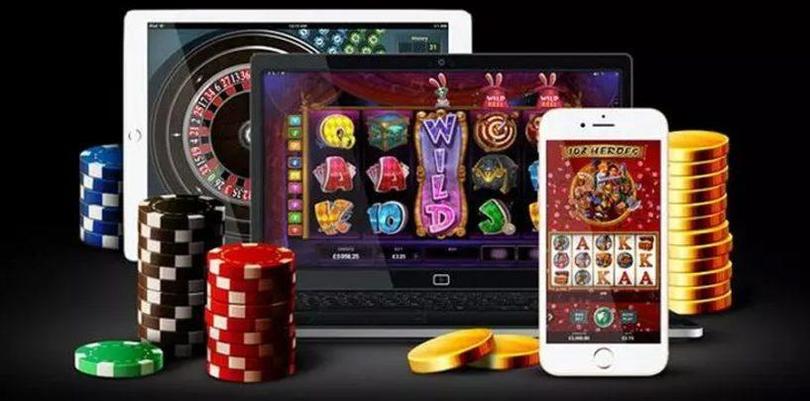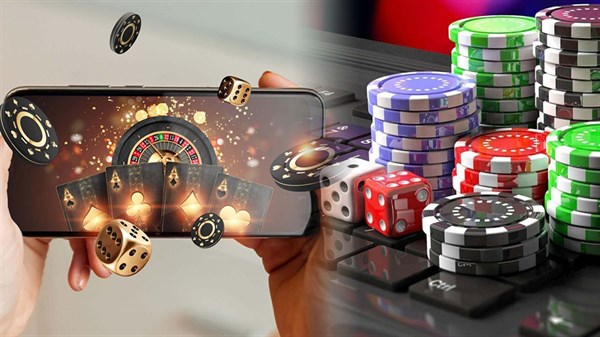
The Integral Role of NFTs in Modern Digital Culture
Non-Fungible Tokens (NFTs) have emerged as monumental elements in the digital landscape, revolutionizing the way we perceive art, collectibles, and ownership. These unique digital assets offer a method to verify authenticity in a realm often plagued with copies and counterfeits. Today, NFTs are not just a fad; they represent a significant evolution in digital culture. The integration of NFTs into various sectors is making waves, and businesses are adapting to this new reality. For instance, gamers and developers can monetize their creations, while artists can sell directly to their audience without the barriers of traditional galleries. With the rise of platforms facilitating the sale and exchange of NFTs, such as The Role of NFTs in Casino Rewards baji999 login, the accessibility of these unique assets is growing rapidly.
Understanding NFTs
Before delving further into their role, it’s essential to understand what NFTs are. Non-Fungible Tokens are a category of digital assets that represent ownership or proof of authenticity using blockchain technology. Unlike cryptocurrencies such as Bitcoin or Ethereum, which are fungible and can be traded for one another, NFTs are unique or part of a limited series, thus inherently different from one another. This uniqueness makes them particularly appealing for representing items that have value attributed to originality, such as art, music, and collectibles.
The Explosion of Digital Art
The art world has seen a significant transformation through NFTs. Artists now have the opportunity to reach a broader audience without the need for traditional galleries. Platforms like OpenSea and Rarible enable artists to showcase their work, sell it as an NFT, and receive royalties each time it is resold on the secondary market. This ability to earn from future sales is a game-changer, empowering artists to retain control over their creations. Moreover, NFT art has made headlines by selling for millions at auctions, catapulting digital art into the mainstream spotlight.
NFTs in Music and Performance
Beyond the realm of visual art, NFTs are also transforming the music industry. Musicians are leveraging NFTs to put their work directly into the hands of fans, bypassing traditional distribution channels that often take a significant cut from artist earnings. By tokenizing albums, concert tickets, and exclusive content, artists can create unique fan experiences while also generating revenue. Notable examples include Kings of Leon releasing an NFT album and various artists offering collectible experiences, such as live concert streams or backstage passes, exclusively for NFT holders.
Gaming and Virtual Reality
The gaming industry is another domain where NFTs are making a significant impact. Video games like Axie Infinity and Decentraland allow players to own, trade, and sell in-game assets as NFTs. This ownership fosters deeper engagement by enabling players to establish a real economic stake in their virtual worlds. Additionally, NFT gaming facilitates cross-game asset compatibility, meaning players could potentially use characters or items across multiple games, enhancing the overall gaming experience and creating interconnected digital ecosystems.
The Collectibles Market and Beyond
NFTs are also revolutionizing the collectibles market. From sports cards to digital trading cards, collectors can now own verified digital collectibles that carry a traceable history and proof of authenticity. For instance, NBA Top Shot allows fans to purchase, trade, and sell officially licensed NBA collectible highlights as NFTs. This new model of digital collectibles is appealing to both traditional sports collectors and the growing community of digital enthusiasts, reinforcing the merging of sports and technology.

Challenges and Criticisms
Despite the enthusiasm surrounding NFTs, there are notable criticisms and challenges. Concerns about environmental impact arise due to the significant energy consumption associated with blockchain technology, especially those using proof-of-work mechanisms. Additionally, the volatility of the NFT market raises questions about long-term investment value and speculative bubbles. The lack of regulation presents a risk for buyers and sellers, making educational resources crucial for participants in the NFT space.
The Future of NFTs
As the NFT landscape continues to evolve, various sectors are integrating this technology to enhance value propositions for consumers. Future developments may feature greater emphasis on sustainability, with blockchain technologies shifting toward eco-friendly practices. Furthermore, industries such as fashion and real estate are exploring the potential of NFTs for digital ownership, tokenizing items such as virtual fashion lines or properties.
As NFTs carve out their place in the digital economy, the implications for ownership, creativity, and community are profound. They challenge traditional notions and open doors to new forms of engagement and monetization in an increasingly digital-centric world.
Conclusion
The role of NFTs in modern digital culture is transformative. They redefine ownership and authenticity, allowing artists, musicians, gamers, and collectors to explore new avenues for creativity and financial opportunity. Despite facing challenges, the continued growth and integration of NFTs promise to reshape our understanding of value in the digital age. As the technology matures and societal acceptance grows, it will be fascinating to see how NFTs evolve and influence the future of culture and commerce.
